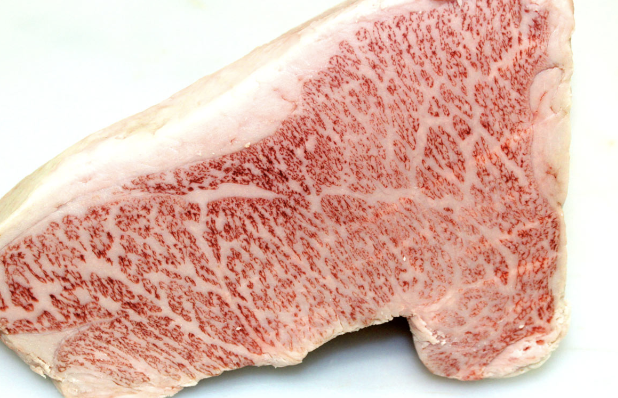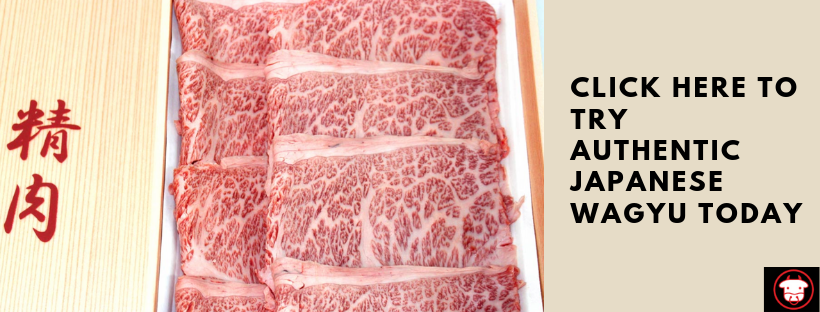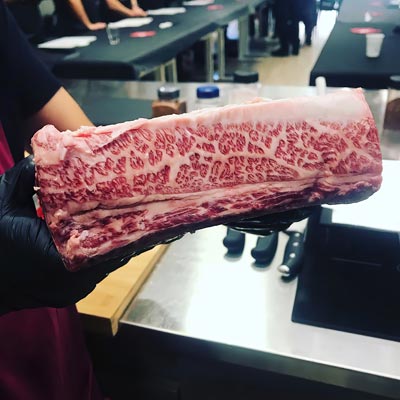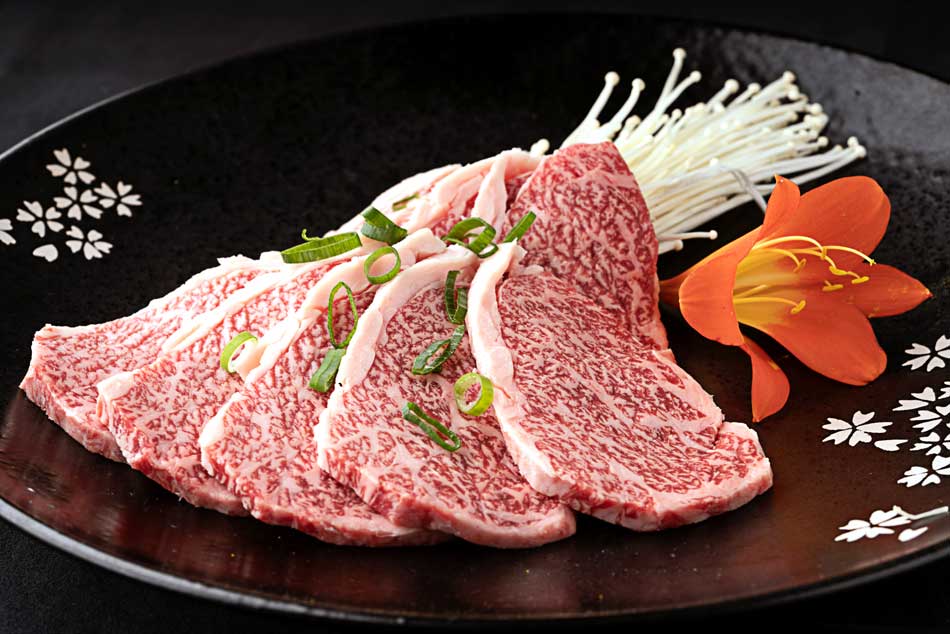Whilst meat-lovers across the country are familiar with Australian Angus, many are yet to experience the luxurious flavours of Japanese Wagyu beef.
If you are yet to try this type of meat, here are four differences that set Japanese Wagyu apart from Australian Angus and make it a cut above the rest.
Traceable lineage
Japanese Wagyu cattle’s pure lineage with no crossbreeding makes them superior to other breeds.
Whilst Angus is a premium breed, the cattle can be classified as ‘Angus’ even if little of their bloodline is traced to their Scottish origins.
According to Kimio Osawa, Founder of Osawa Enterprises, the fullblood Wagyu cattle’s pure and traceable lineage is one of the main reasons why it is a different class of meat.
“It puts Japanese Wagyu on a whole other level compared to Australian Angus and other beef,” Kimio says.

Level of marbling
Although Angus beef has a high amount of marbling, nothing compares to Japanese Wagyu’s renowned marbling.
“Australian Angus does not have the same level of marbling as Japanese Wagyu,” Kimio says.
As one of the factors used to grade beef, Kimio said that the difference between the marbling scores shows that Wagyu is a cut above the rest.
“Australian Angus beef’s marbling score is usually five, while Japanese Wagyu marbling goes up to 12,” he says.
This high level of marbling gives Japanese Wagyu beef its unsurpassed taste and tenderness.
Taste and texture
Whilst Angus beef is popular for its juicy taste and texture, Japanese Wagyu’s taste experience is like no other.
Famous for its melt-in-your-mouth tenderness, Wagyu’s buttery texture is so fine that, according to Kimio, “you can cut it with chopsticks.”
“Australian Angus beef is tender, but Japanese Wagyu’s taste and tenderness can’t be compared,” he says.
The flavours and highly marbled textures of both varieties make them premium beef, but Japanese Wagyu’s taste and tenderness are unrivalled.
Superior quality
Feeding duration plays a big part in the overall quality of Angus and Japanese Wagyu beef.
According to Kimio, “On average, Japanese Wagyu cattle are fed four times longer than other cattle, which means the beef has a much better flavour.”
Whilst Australian Angus cattle are a fast-growing pedigree fed on grains for usually 100 to 200 days, Japanese Wagyu cattle are fed for 600 days or more.
This long-fed feeding technique makes Japanese Wagyu tastier, more tender and superior when it comes to the quality of the meat.
“Japanese Wagyu is incomparable to other beef. Its flavour, texture, melting point and marbling are totally different and can’t be compared to other beef.”






